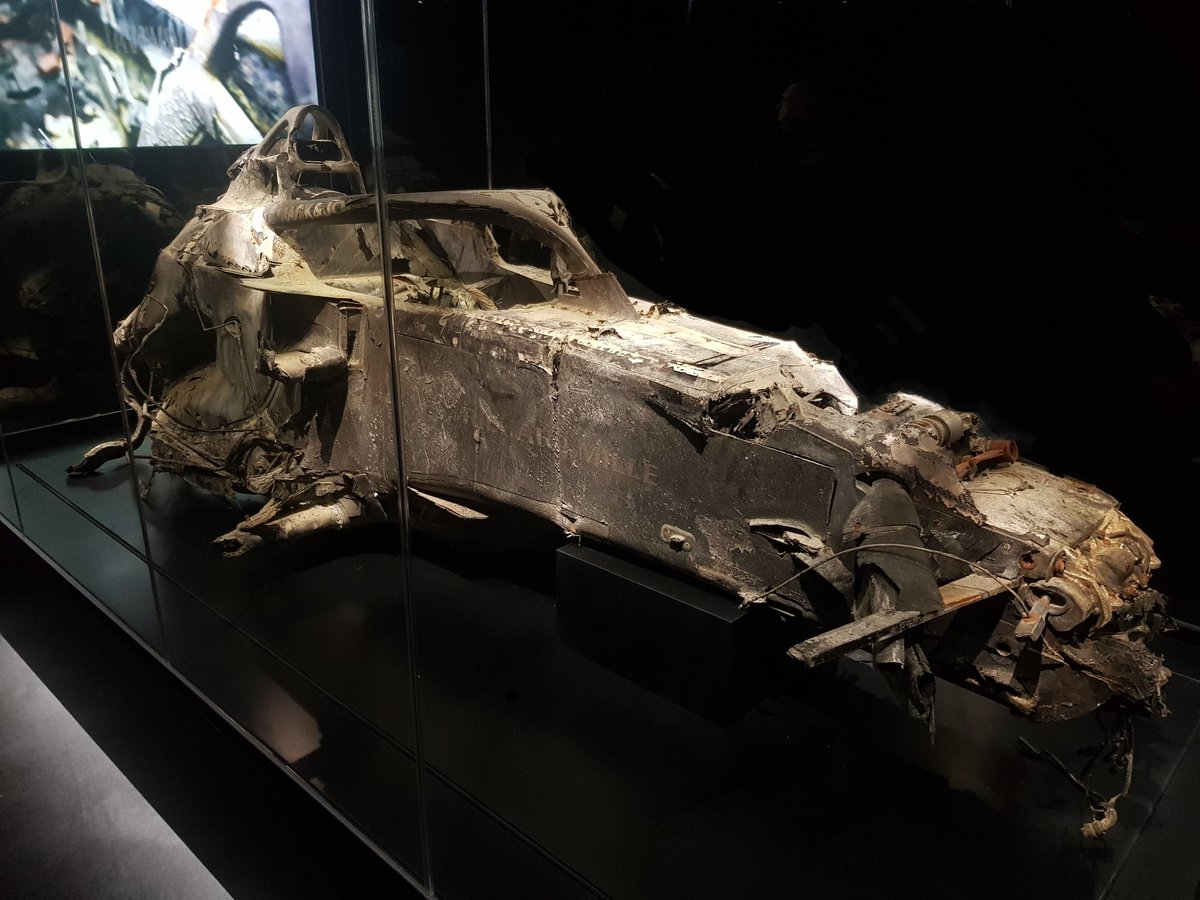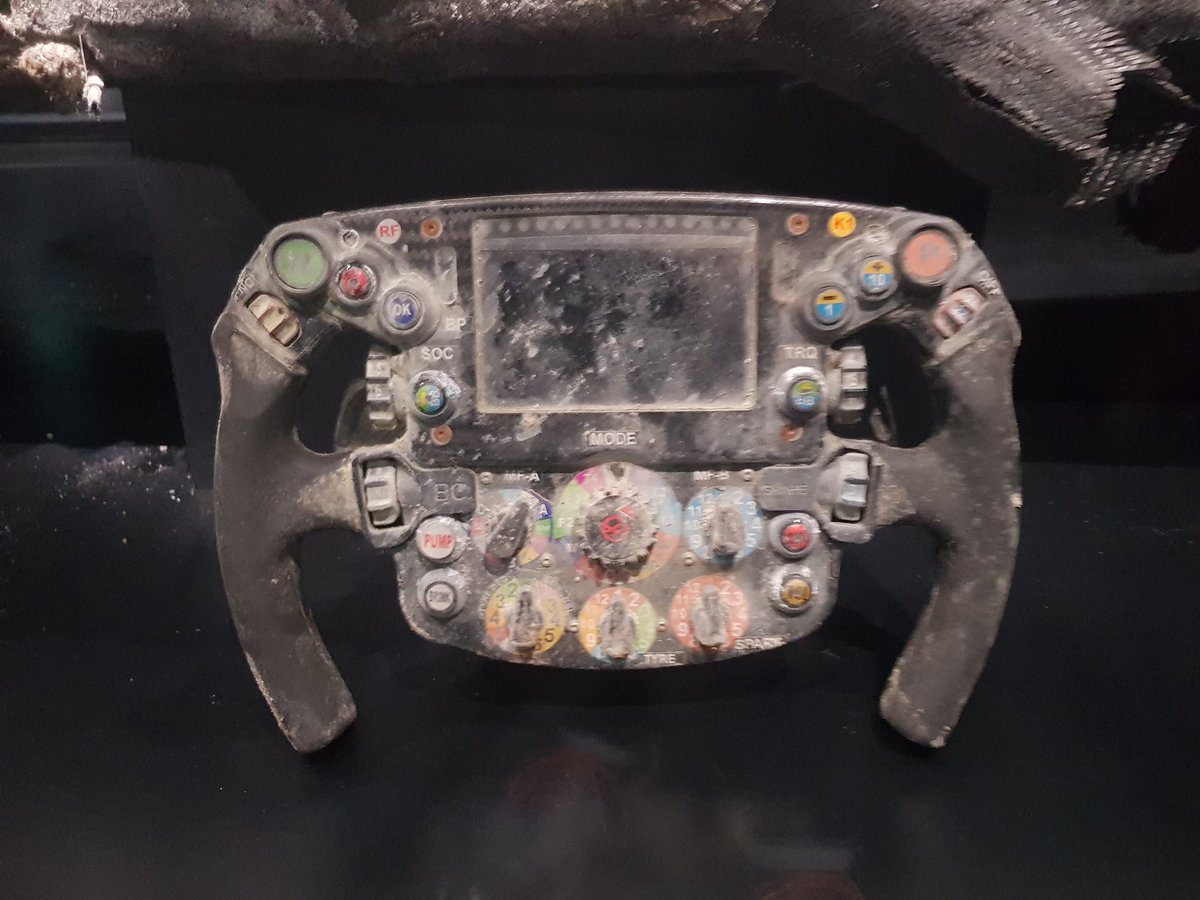Continuing our dig into the #F12022 rules: Wheels.
Going to 18" wheels is just the tip of the changes. There will now be one spec wheel supplied by @bbs_motorsport to all teams.


Going to 18" wheels is just the tip of the changes. There will now be one spec wheel supplied by @bbs_motorsport to all teams.



Made from magnesium alloy, the single supply means teams can't play with knurled or ribbed details. Which limits heat transfer between brakes and tyres. 

In addition to the wheel, there'll be the aero wheel cover, bolted to the wheel. Teams can't play with the shape and must run it at all times. Hot air from the brakes passes out the inside of the rim, so having no opening isnt a problem. Altho aiming a wheel gun into it might be. 

An alternative to the standard cover is the version with the light panel, 14 double-row LED strips. At speed these could display the car's number/position, data, or anything?
This isn't expected to be in use imminently at races.

This isn't expected to be in use imminently at races.


For the first time, wheels must be fitted with a FIA homologated tyre temperature and pressure measure bent system TPMS. although teams have run TPMS for years, this will allow the FIA to monitor & act on teams running T&Ps outside pirellis spec 

• • •
Missing some Tweet in this thread? You can try to
force a refresh







































